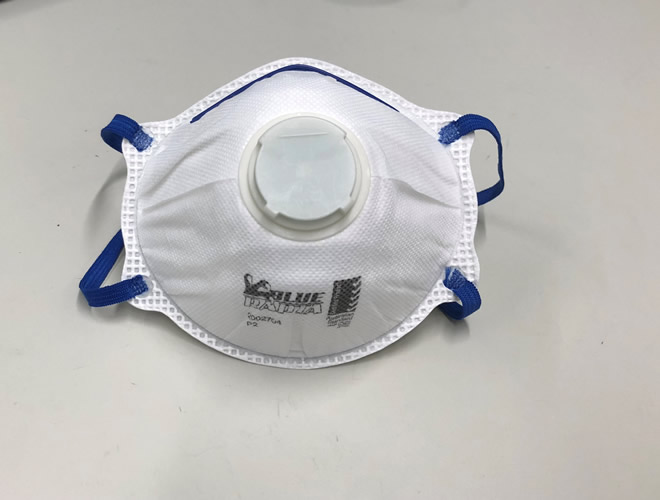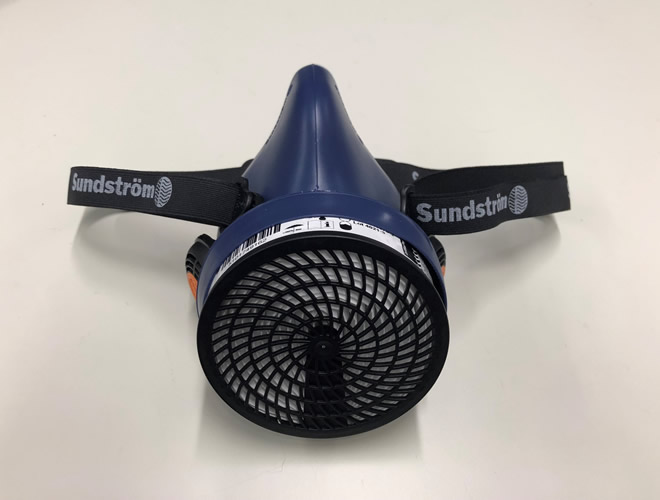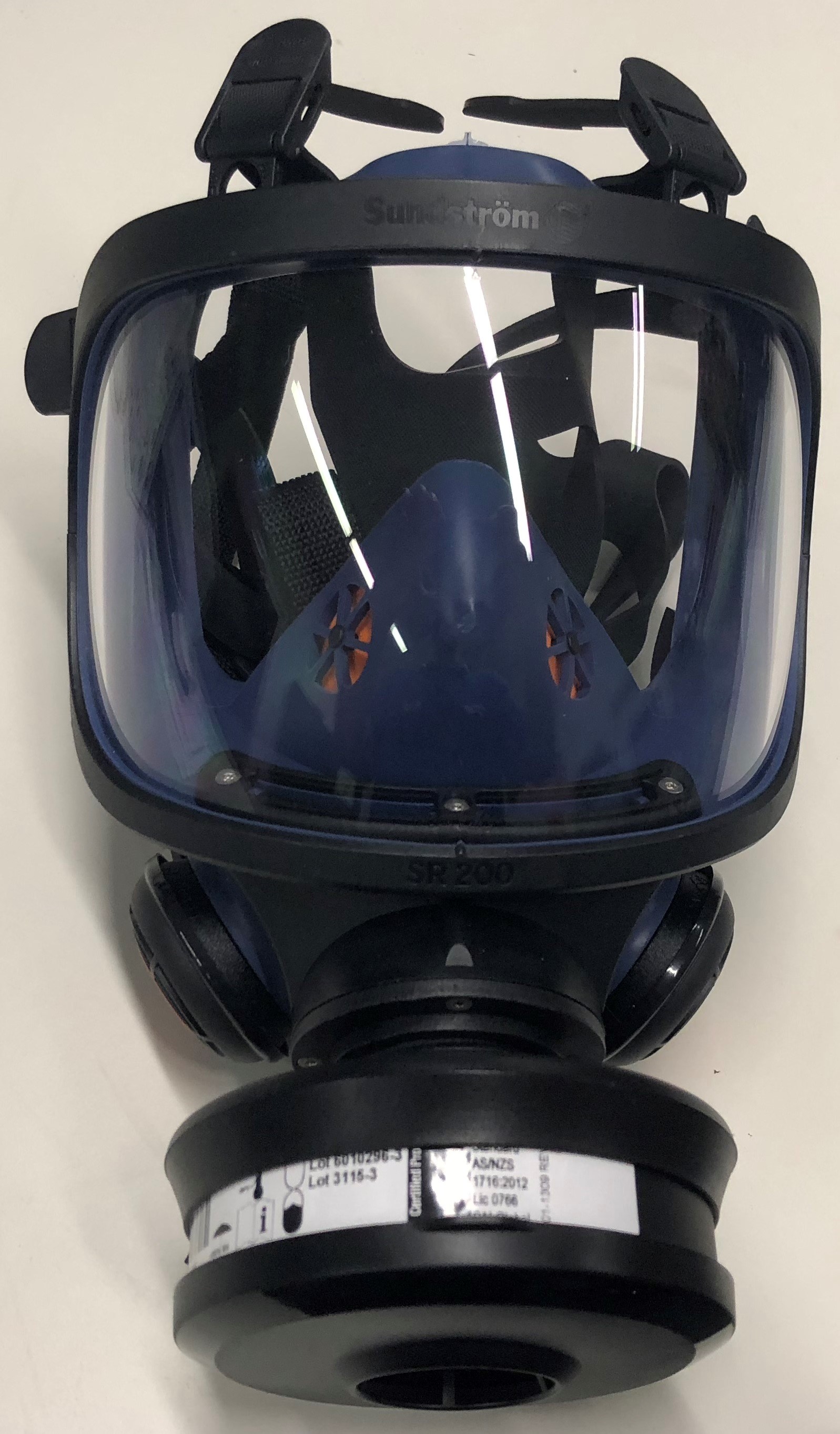Bushfire smoke
Ongoing bushfire activity can decrease air quality and may affect the health of all workers, not just those involved in fighting fires.
What is bushfire smoke?
Bushfire smoke contains a mixture of water vapour, airborne particles and gases (such as carbon monoxide, carbon dioxide and nitrogen oxides).
What are the risks of bushfire smoke?
Breathing in bushfire smoke can irritate the eyes, nose and throat. Symptoms include:
- coughing
- shortness of breath or wheezing
- stinging eyes
- runny rose
- scratchy throat.
Tiny airborne particles and gases in bushfire smoke can reach the deepest parts of the lungs and may worsen lung, heart and cardiovascular conditions.
How bushfire smoke affects individuals depends on:
- their age
- how long they are exposed
- how much bushfire smoke they breathe in
- whether they are particularly sensitive to bushfire smoke.
People older than 65, pregnant women, people with heart or lung conditions and children under 14 years may be more sensitive to bushfire smoke.
If workers are affected by bushfire smoke and are concerned they should see their doctor or call 13 Health (13 43 25 84). If anyone has trouble breathing or feels chest tightness, call 000 for an ambulance.
How do I manage the risks?
Workers and management can work together to reduce the risks from hazards at work. A healthy and safe place of work benefits everyone. Read more about how you can create healthy and safe work.
Employers can manage bushfire smoke risks by assessing risks, putting suitable control measures in place, and maintaining and reviewing the control measures. For more information on risk management refer to How to manage work health and safety risks Code of Practice 2021 (PDF, 0.65 MB).
For workers
As a worker, you have a responsibility to take reasonable care for your own health and safety and make sure that your work doesn’t affect the health and safety of others. You must comply with any reasonable instructions given relating to risk control measures and emergency procedures. You should also make sure you work according to any training or information that’s been provided to you.
For businesses
For employers or persons conducting a business or undertaking (PCBU), it’s your duty to manage health and safety risks, as outlined in the Work Health and Safety Act 2011.
Following a four-step risk management process will help your business meet its responsibilities under work health and safety (WHS) laws. Use the practical advice in the How to manage work health and safety risks Code of Practice 2021 (PDF, 0.65 MB).
Four steps to manage risk
Bushfire smoke and air quality measures
Bushfire smoke exposure is often measured and assessed using community air quality standards and objectives. These can also be useful when identifying and assessing the risk of bushfire smoke exposure to workers.
The Queensland Government air quality monitoring website provides air quality index data that is updated hourly for South East Queensland, South West Queensland, Gladstone, Mackay, Moranbah, Bowen, Townsville and Mount Isa.
The index values represent a proportion of the National Environment Protection Measure for Ambient Air Quality (Air NEPM) goal-based standards and the Environmental Protection (Air) Policy 2008 (Air EPP) objective.
You should also review the health action levels developed by Queensland Health. They provide advice on what actions you should take to protect your health during a smoke event.
If live air quality data is not available in your area or you are unable to access the website, air quality can be assessed using visibility of nearby landmarks. WorkSafe Victoria has a simple tool outlining air quality levels, corresponding distances to a visible landmark and precautions for workers.
The How to manage work health and safety risks Code of Practice 2021 (PDF, 0.65 MB) outlines when you should do a risk assessment. You can use this risk assessment template (DOCX, 0.02 MB) to guide you and record your assessments.
A risk assessment can include:
- air quality data: air quality index, health action level recommendations, visibility of landmarks
- warnings and alerts: Queensland Rural Fire Service, Queensland Health
- characteristics of the fire: size, proximity to the work and what is burning (wood, grass, tyres, chemicals, asbestos containing materials)
- nature of the work: physical effort involved (heavy, moderate, light), location of work (indoors, outdoors, in vehicle cabin) and length of time working
- potential health effects and if any workers could be sensitive to bushfire smoke
- prevailing weather conditions: heat, humidity, wind strength, wind direction and if the work is downwind to the bushfire.
Limit exposure
Eliminating exposure to bushfire smoke is the most effective control measure. Where elimination is not possible, exposure to bushfire smoke should be minimised.
Modify the work:
- Relocate the work to a place with better air quality.
- Postpone outdoor work in affected areas.
- Consider alternative work.
- Avoid or limit tasks that involve heavy physical effort.
- Limit the amount of time working in affected areas.
Modify the environment:
- Shut windows and doors to prevent bushfire smoke entering buildings and vehicle cabins.
- Set air conditioning and ventilation systems to recirculate or recycle air.
- Avoid evaporative air conditioners that bring outdoor air into the workspace.
- Remove or minimise other sources of air pollution e.g. burning candles or incense, cigarette smoke.
Respiratory protective equipment
Respiratory protective equipment should not be used as a substitute for eliminating or minimising exposure to bushfire smoke.
Medical masks, nuisance dust masks and cloth masks should not be used because they will not effectively filter out fine particles or gases.
If working in areas affected by bushfire smoke is unavoidable, a respirator with P2 filtration can be worn to filter out some of the fine particles in the air. However, it is important to understand their limitations.
- Tight-fitting respirators rely on a good seal between the respirator and the wearer’s face to be effective. Without a good seal, contaminated air will leak into the respirator and the wearer may not get the level of protection needed. To achieve a good seal, tight-fitting respirators must be fit tested to the wearer and men must be clean shaven.
- P2 filtration will filter some particles in the air but will not filter out gases such as carbon monoxide.
- Tight-fitting respirators can make it harder to breathe and can be hot and uncomfortable to wear.
- Disposable respirators must be replaced if they become wet, dirty, damaged or contaminated.
- Respirators can create secondary risks that must be managed, such as increased heat load to the wearer.
- Some people are unable to wear a respirator due to a pre-existing medical condition.
Below images are examples of respiratory protective equipment with P2 filtration.



Be prepared
The risk from bushfire events can change quickly. Be prepared, plan ahead and keep up to date with local air quality data, warnings and alerts.
You can further minimise the risk by putting an emergency plan in place, ensuring that you have a way to communicate with workers during a bushfire event and keeping workers informed of your bushfire response strategies.
Risk management should be an ongoing process in your business and you should review your control measures regularly. You can read more about the circumstances when work health and safety laws require you to review your risk controls.
The committee was established to ensure there is an ongoing consultative forum for injured workers and families affected by a workplace death, illness or serious incident. Read more about the committee.
Resources
- Australian Government advice on the use of masks for those exposed to bushfire smoke
- Environmental Protection (Air) Policy 2008
- National Environment Protection Measure for Ambient Air Quality standard
- Queensland Government Air quality website
- Queensland Government Bushfire smoke and your health
- Rural Fire Service
- Worksafe Victoria Health risks of outdoor work in areas impacted by bushfire smoke